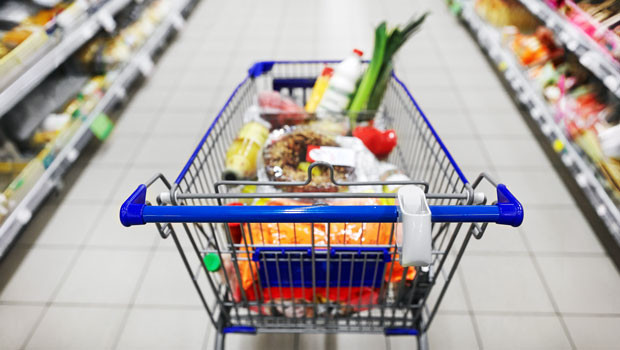- Tesco
- 22 July 2025 09:31:50

Source: Sharecast
According to the latest data from Worldpanel by Numerator, formerly Kantar, grocery price inflation was 5.2% in the four weeks to 13 July, the highest since January 2024.
Driving the rise was chocolate, butter and spreads, and fresh meat.
Worldpanel said the average household spends £5,283 a year on groceries, meaning the latest rise could potentially add £275 to bills.
Fraser McKevitt, head of retail and consumer at the retail consultancy, said: “Just under two thirds of households say they are very concerned about the cost of their grocery shopping, and people are adapting their habits to avoid the impact of price rises.”
Take home sales at UK supermarkets rose by 5.4% in the same four-week period. The hot weather helped fuel demand for ice creams and sorbets, sales of which spiked 33%, while sparkling wines were 9% higher.
But cheaper own label products also continued to outpace brands, growing by 5.6% compared to 4.9%.
Among individual retailers, Tesco – the UK’s largest grocer, with a market share of 28.3% - saw sales rise 7.1% in the 12 weeks to 13 July.
Discounters Lidl and Aldi also performed well, with sales 11.1% and 6.3% higher respectively.
J Sainsbury posted a 5.3% jump in sales, Waitrose – part of the John Lewis Partnership – was 5.5% higher and online-only Ocado benefited from a 11.7% surge. Ocado has the sector’s smallest market share, at 2.0%.
Asda continued to suffer from stiff competition, however, with sales down 3.0%, while the Co-op, which has been hit hard by a cyberattack, was down 3.7%.
Marks & Spencer – which is not included in the overall grocery figure, as it has a higher proportion of general merchandising and clothing – saw sales rise 6.5% year-on-year.